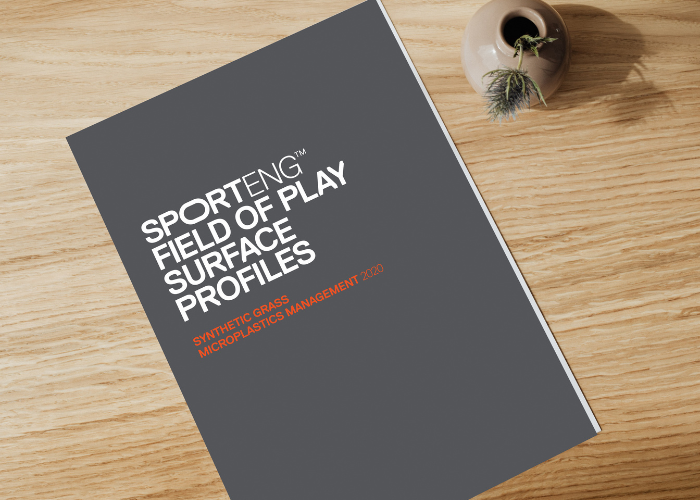SPORTENG specialises in the planning, design and construction phases of Fields of Play across all sports in Australia.
Our experienced team all contribute towards designing high quality fields of play for all levels of use.
Like other natural turf Fields of Play, the design for an AFL oval combines engineering with agronomy and irrigation design. All three areas need to be equally represented and, most importantly, integrated to ensure the oval is properly designed.
%20(1).webp?width=1000&height=666&name=AFL_Overview%20(1)%20(1).webp)
Here at SPORTENG, our in-house design team covers these key elements. This ensures that the design of your AFL oval is completed to a high quality and meets the needs of key stakeholders and the AFL.
Our technical expertise underpins all our projects, and we are regularly called upon to work on projects of high significance.
No matter if you’re a governing body or a local school, you will benefit from a sports field that puts the athlete first.
We guarantee that SPORTENG’s designs will meet your needs, while complying with the AFL standards.
SPORTENG projects run on time and on budget due to our team’s comprehensive 3D design work, exceptional engineering expertise, agronomic and irrigation consultation, along with clear on-site direction.
SPORTENG lives and breathes Fields of Play. We take our love of the game from the grandstand right into our office. We’re proud to be Australia’s leading Field of Play design consultancy.
.webp?width=545&height=363&name=AFL_Greatness%20(1).webp)
Our attention to detail is reflected in our mantra, ‘measure twice, cut once’.
We’re dedicated to achieving the best results for your venue and its athletes, whether it’s a local legend or the next international star.
Our design approach stays the same, no matter the oval or field we’re creating. Whether we’re designing an oval for an elite venue or a community grassroots facility, we undertake a detailed assessment of the existing site to:
.webp?width=545&height=363&name=AFL_Sustainability%20(1).webp)
.webp?width=545&height=363&name=AFL_Sustainability_2%20(1).webp)
Here at SPORTENG, we take a sustainable approach to all our designs. Not happy with just the status quo, we always strive to investigate new designs and construction techniques that deliver positive environmental outcomes.
We believe sustainability is intertwined with sports greatness.
As part of this, we integrate your requirements, from budget to performance values, through to sustainability practices – this ensures we achieve a successful result.
We consider the following key aspects and design outcomes in our sustainability approach for natural turf Fields of Play:
When designing a synthetic grass pitch, there are added environmental elements to be considered and addressed in the planning and design process:
The SPORTENG team considers the use of recycled material and the whole-of-life cycle at every stage of design and construction. We make sure that a sustainable end-product starts at the beginning of design.
Optimize your synthetic grass Field of Play.


There are several options that can you can consider when selecting the appropriate natural turf profile for an AFL oval.
Our decisional flow chart can help you marry your usage requirements with the appropriate playing surface profile.
The AFL, in conjunction with Cricket Australia (AFL/CA), endorses the use of synthetic grass as the playing surface for AFL ovals.
%20(1).webp?width=545&height=409&name=AFL_Engineering%20(1)%20(1).webp)
When you first join SPORTENG, one of the first questions we ask is, ‘Which AFL team do you support?’. While our team supports different AFL teams, we all agree that nailing the three key principles for the design of a natural turf AFL oval is paramount:
The ovular shape of an AFL field is the most challenging of all the fields of play for an irrigation design. The curved boundary makes fitting sprinkler spacing patterns difficult, as it’s typically rectangular or triangular.
However, our irrigation design team are well-versed with ovular irrigation systems and will produce an efficient design that addresses the key operational requirements .
The key design principles for a synthetic grass surface differ from that of natural turf, and include:
.webp?width=545&height=363&name=AFL_Requirements%20(1).webp)
Achieving the appropriate geometry is more than just the length and width. Run-offs need to be meet, which means that all perimeter infrastructures need to be outside the run-off offset.
The inclusion of a cricket wicket within an oval is almost unavoidable in Australia. It is rare to have an oval just for one sport without the other. The design for including synthetic cricket wickets vary from a natural turf wicket block. We have evolved our designs to provide the best outcome for both sports.
High wear areas, such as the centre square and goal squares, can be enhanced through the use of profile reinforcement or hybrid turf systems.